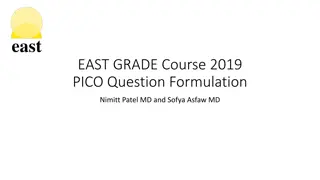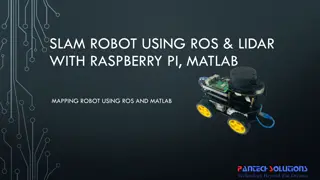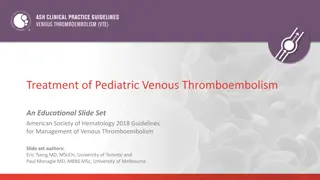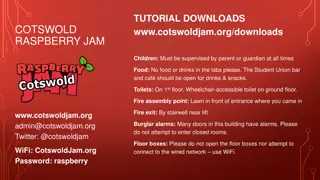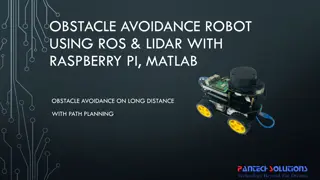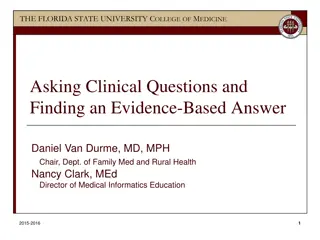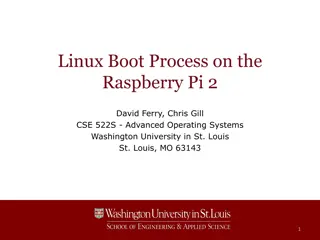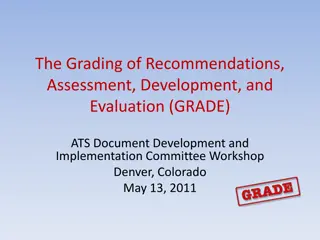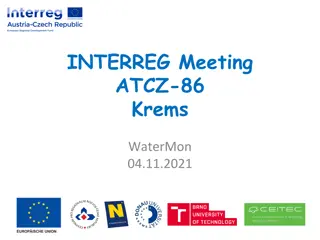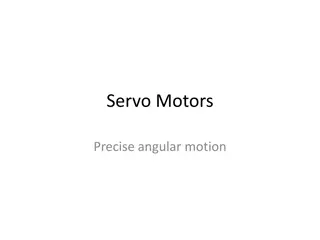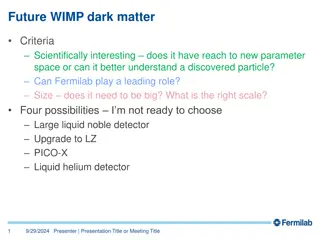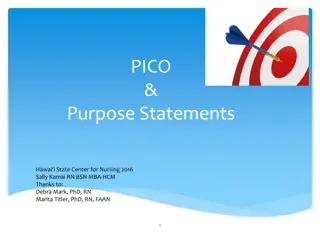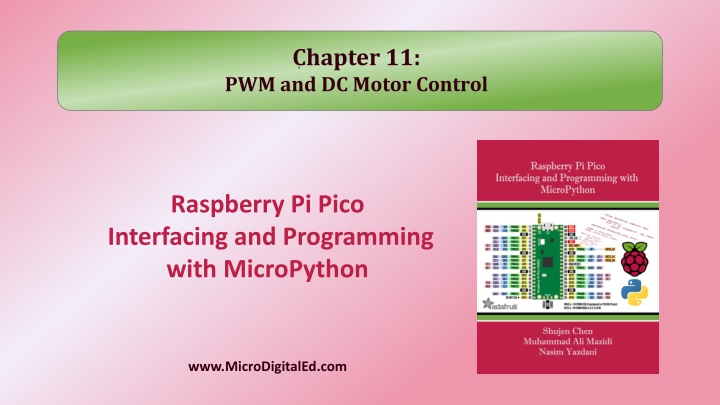
DC Motor Control and Interfacing with Raspberry Pi Pico Using MicroPython
Explore the world of PWM and DC motor control with Raspberry Pi Pico through MicroPython programming. Learn about motor characteristics, H-Bridge configurations, bidirectional motor control, pulse width modulation, and transistor connections for efficient motor operation.
Download Presentation

Please find below an Image/Link to download the presentation.
The content on the website is provided AS IS for your information and personal use only. It may not be sold, licensed, or shared on other websites without obtaining consent from the author. If you encounter any issues during the download, it is possible that the publisher has removed the file from their server.
You are allowed to download the files provided on this website for personal or commercial use, subject to the condition that they are used lawfully. All files are the property of their respective owners.
The content on the website is provided AS IS for your information and personal use only. It may not be sold, licensed, or shared on other websites without obtaining consent from the author.
E N D
Presentation Transcript
Chapter 11: PWM and DC Motor Control Raspberry Pi Pico Interfacing and Programming with MicroPython www.MicroDigitalEd.com
Table 11-1: Selected DC Motor Characteristics (http://www.Jameco.com) Part No. 154915CP 154923CP 177498CP 181411CP Nominal Volts 3 V 3 V 4.5 V 5 V Volt Range 1.5 3 V 1.5 3 V 3 14 V 3 14 V Current 0.070 A 0.240 A 0.150 A 0.470 A RPM 5,200 16,000 10,300 10,000 Torque 4.0 g-cm 8.3 g-cm 33.3 g-cm 18.8 g-cm
Figure 11-5: H-Bridge in an Invalid Configuration Motor Operation SW1 SW2 SW3 SW4 Off Open Closed Open Open Open Open Open Closed Clockwise Counterclockwise Open Closed Closed Open Invalid Closed Closed Closed Closed
Figure 11-8: DCMotor Connection Using a Darlington Transistor





